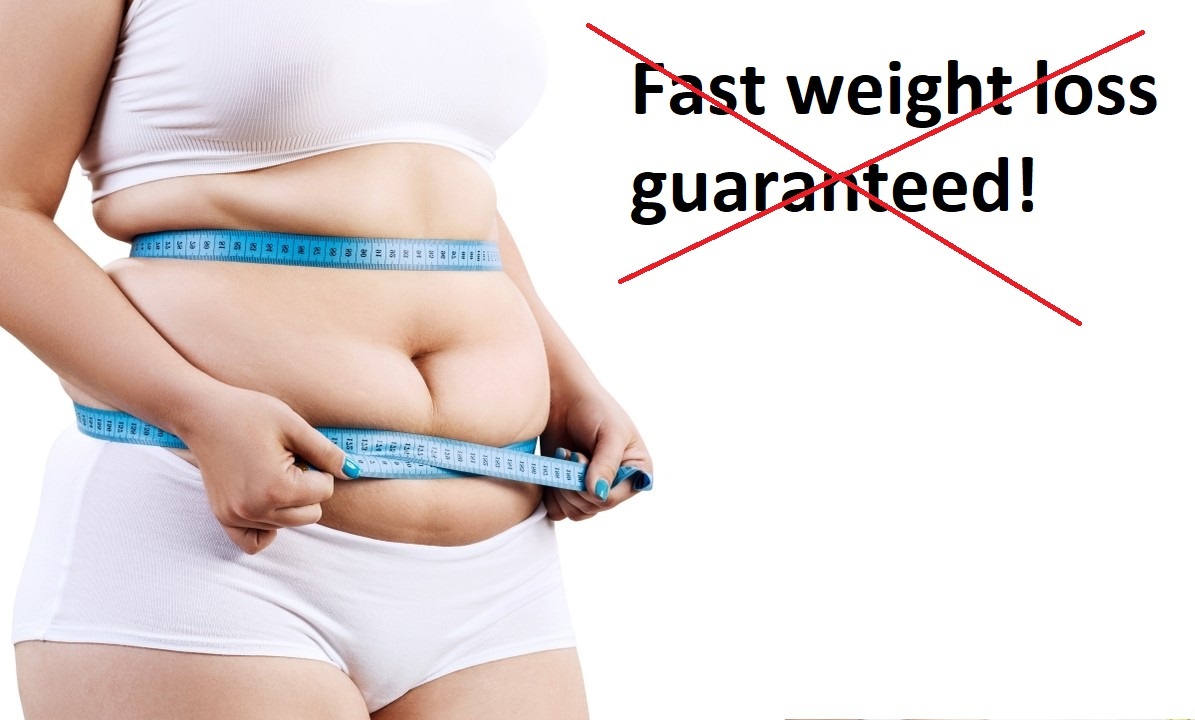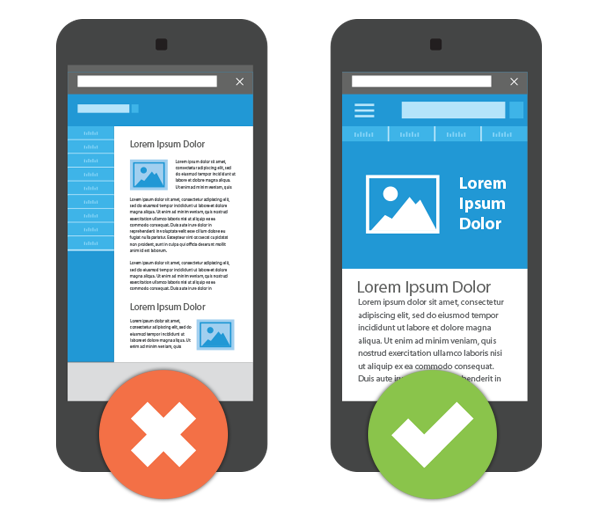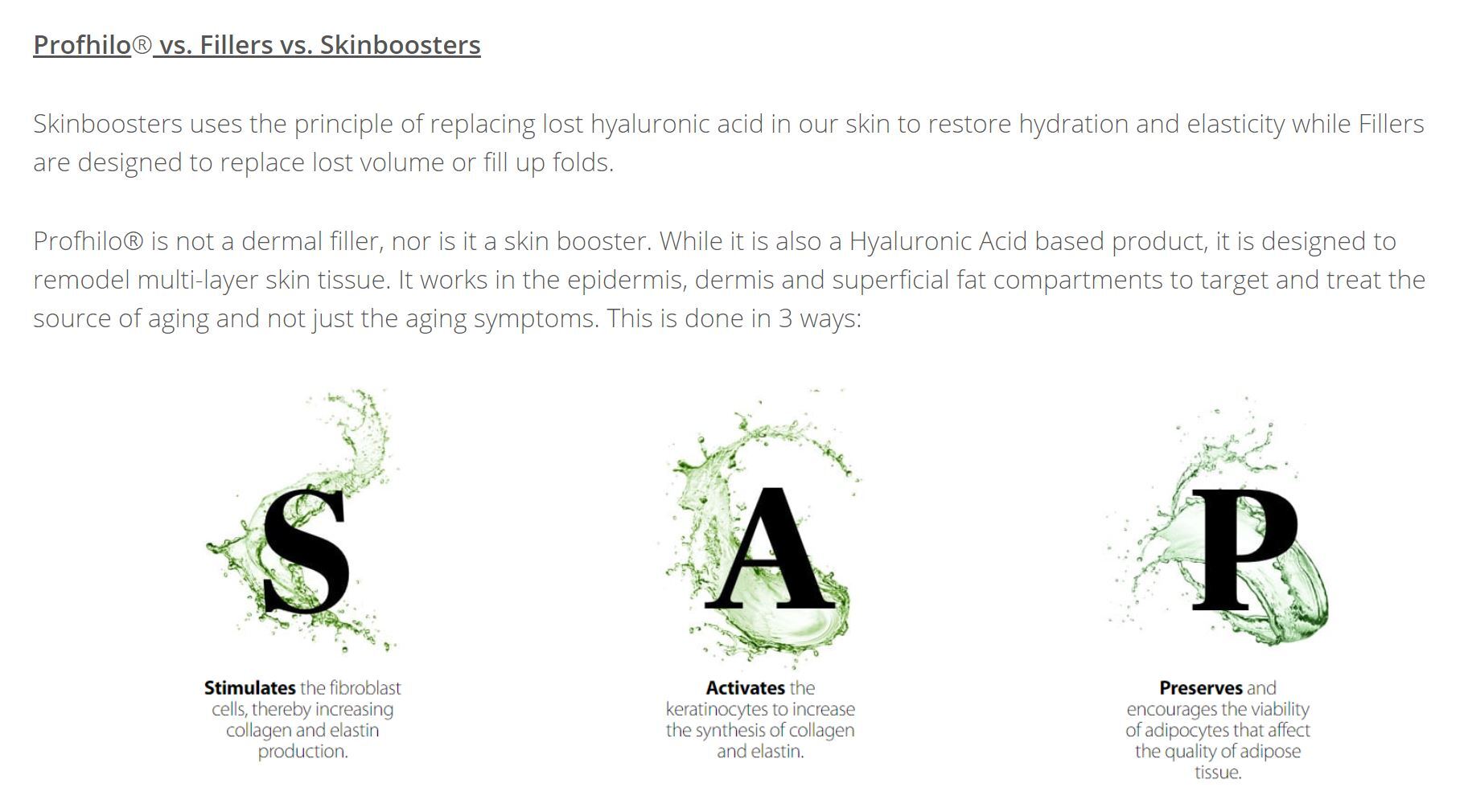An aesthetics clinic located at Orchard Road wanted to boost customer enquiries for their various aesthetic treatments for skin, face, body and hair.
Due to the numerous types of aesthetic treatments and the changing month-to-month promotions they were running in their clinic, they needed our digital marketing expertise to promote these treatments to get new customers.
This would free up time so that they could focus on their clinic operations and upselling to their existing customers. As such, they engaged us to manage their paid search campaigns for their aesthetic treatments.
If you think that the process of managing paid search campaigns for aesthetic treatments is as straightforward as paying Google to run your ad, you are mistaken.
If you are intending to advertise your aesthetic treatments, you need to
- avoid misleading claims/guarantees in both ad copy and landing page content
- not use any restricted drug terms or medical content such as Botox or fast weight loss
- provide medical disclaimers on before/after pictures and patient testimonials
For example, an aesthetic treatment such as Botox should not be directly referred to on any advertisement campaigns, social media pages, on the website home page or in a patient testimonial.
Without following the rules mentioned above, Google is likely to disapprove the ads and not run them.

We revamped the structure of the client's google ad account and crafted treatment specific adtexts that match the search intent of the customer

Another challenge that this aesthetics clinic faced was that most of their target audience were searching for treatments on mobile.
However, their landing page wasn’t mobile optimised; there were text on images, which made it difficult to read on mobile due to the small font and the low contrast background.
Moreover, we assessed the content on their landing page and discovered that the information published on the landing page wasn’t comprehensive enough.
As the customer value for aesthetic treatments are usually quite high, other aesthetic clinics are willing to pay more to run ads for competitive keywords, therefore driving up the cost when bidding for these keywords.
Hence, it is crucial that the content on the landing page needs to resonate with the target audience in order to make the money spent on clicks worth it.
To solve this problem, we proposed some changes that they could make to their landing page.
For example, to increase the persuasiveness of the landing page, we suggested that the client could elaborate on what treatment areas could be targeted and add an in-depth explanation on the process.
Besides all this, we closely monitored the campaign by tracking calls and appointments made for the several campaigns that were running concurrently. This helped us determine which campaigns were performing well and which were underperforming.
For campaigns which were underperforming, we took measures to improve the return on investment (ROI) by adding more negative keywords to the campaign.
Doing so places the ad front of interested users and increase the ROI by excluding search terms that are similar to the keywords but might be used by those who are searching for a completely different treatment.
